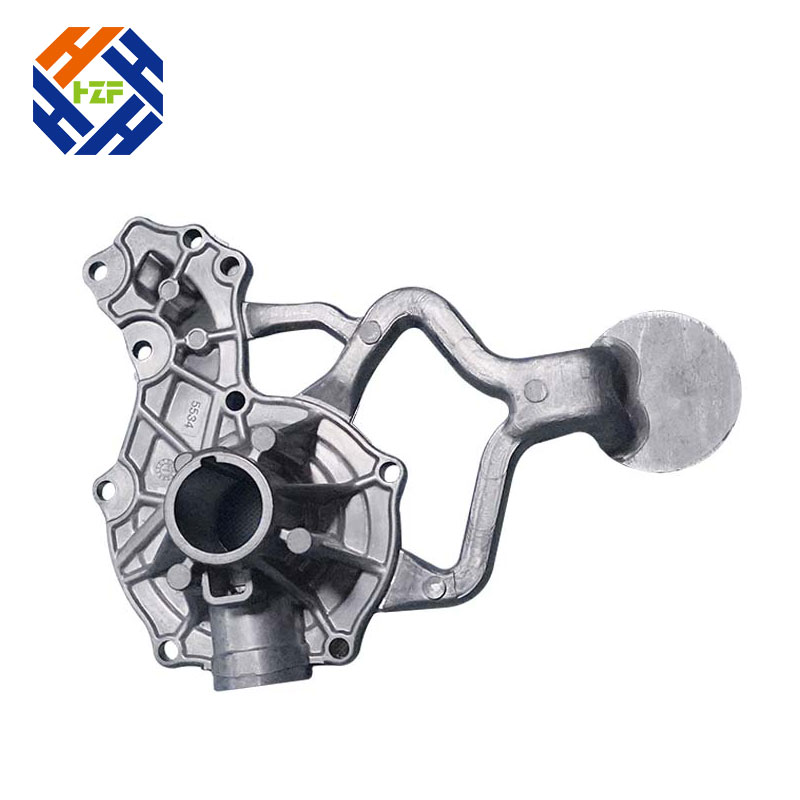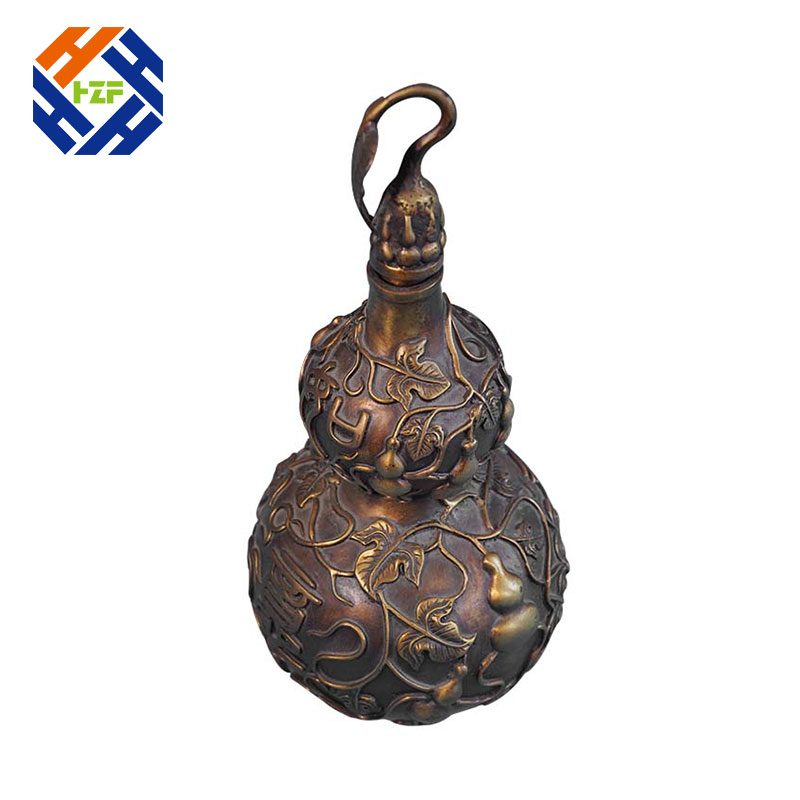
Aluminum casting is a widely used manufacturing process that enables the creation of complex shapes and designs with remarkable accuracy. This process involves pouring molten aluminum into a mold to create a product that is both strong and durable. Two of the most popular aluminum casting techniques are die casting and sand casting, both of which offer unique advantages and applications in various industries. At Qingdao Haozhifeng®, a leader in mechanical processing, their team of experts utilizes the latest in die and sand casting technologies to produce high-quality aluminum casting parts for clients across the globe.

Die casting is a highly efficient technique that involves the use of a metal die or mold to shape the hot aluminum as it cools. This method is especially popular for high volume production of small to medium-sized parts. The process involves injecting molten aluminum into the die under high pressure, resulting in a near-net shape part. The benefits of die casting include faster production times, tight dimensional tolerances, and highly detailed, complex designs. With the ability to produce hundreds of thousands of parts per day, die casting is ideal for applications requiring high volume production of mechanical parts.
On the other hand, sand casting is a more traditional method of casting where a sand mold is used to shape the liquid aluminum as it cools. This method is ideal for large parts that require a lower volume of production. Sand casting involves creating the mold by compacting sand around a pattern, which is then removed to create a cavity for the molten aluminum. The advantages of sand casting include its adaptability and cost-effectiveness for producing larger and complex parts. Sand casting is widely used in the automotive industry to produce engine blocks, cylinder heads, and other complex components.

At Qingdao Haozhifeng®, their team of experts specializes in producing high-quality aluminum casting parts using a combination of both die and sand casting technologies. Their in-house mechanical processing capabilities, including machining, enable them to produce parts of the highest quality and precision.
In addition, aluminum casting parts can be easily machined, making it a popular choice in the mechanical processing industry. Machining parts after casting allows for greater flexibility in design and tolerance, enabling parts to be customized to the specific needs of the application. CNC machining, for example, allows for the precise shaping and milling of parts, resulting in tight tolerances and dimensional accuracy.
As a leader in the mechanical processing industry, Qingdao Haozhifeng® has extensive experience in producing aluminum casting parts with a range of machining techniques, including CNC machining and other mechanical processing methods. Their vast array of capabilities ensures that every part is produced with precision and quality, meeting the needs of clients in various industries.
In conclusion, aluminum casting is a versatile and widely used manufacturing process, with die casting and sand casting technologies offering unique advantages and applications across industries. These casting methods, combined with the capabilities of mechanical processing, make it possible to produce highly complex and detailed parts that meet the highest standards of quality and precision. Qingdao Haozhifeng's commitment to utilizing these advanced technologies ensures that their clients receive the best products possible, helping to advance the aluminum casting industry to new heights.